
💎 Oregon Sunstone is designated as the official state gemstone
Oregon Sunstones are rare and beautiful mineral crystals found exclusively in the high desert of Southeastern Oregon. While sunstones have been discovered in other parts of the world, such as Canada, Mexico, Norway, Australia, Russia, China, Tanzania, and across the United States, Oregon Sunstones are unique. They are the only sunstones that contain copper, giving them a metallic flash highly prized by gemologists.
Oregon Sunstone Formation
Oregon Sunstones formed over 13 to 14 million years ago in molten basaltic lava during eruptions from the Steens Mountain. For thousands of years, the lava flows were covered by water, until the region's climate dried out the area, exposing the basalt flows and releasing the sunstone crystals.
Oregon Sunstone Color and Value
Color
The copper inclusions in Oregon Sunstones create a shimmering optical effect known as schiller or aventurescence, where light reflects off tiny copper platelets, producing a bright flash when viewed from certain angles.
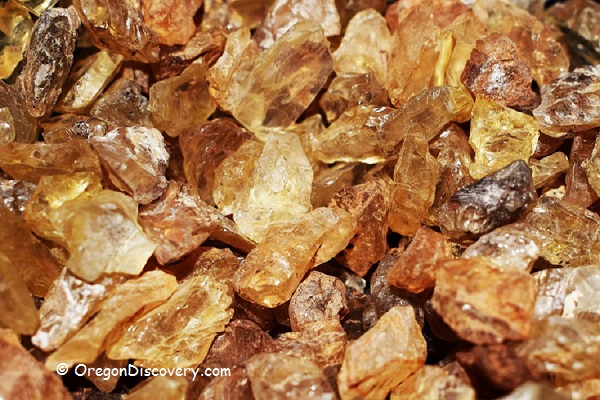
The stone's color is directly related to its copper content. For instance:
- Red stones have the highest concentration of copper, over 200 parts per million (0.02%).
- Green stones contain about 100 parts per million (0.01%).
- Yellow stones have around 20 parts per million (0.002%).
These copper-rich sunstones are highly prized by artisans and collectors. Some stones even exhibit multiple colors, such as pink on one side and red on the other, or green patches combined with red. The rarest sunstones possess dichroic or trichroic properties, meaning their colors or color intensity changes when viewed from different angles. Some stones even resemble alexandrite, changing color depending on the type of light (daylight vs. incandescent light).
Value
The value of Oregon Sunstones is determined by their transparency, color, and the quality of their aventurescence. Prices range from just a few dollars for colorless or light-yellow stones to as much as $1,700 per carat for large stones with intense red or green hues.
In 1987, Oregon Sunstones were designated as the official state gemstone.

Where to Find Oregon Sunstones
Southern and Southeastern Oregon are the only areas in the world where gem-quality sunstones with copper inclusions are found. There are three primary sunstone deposits in Oregon: one in Lake County and two in Harney County. While most locations are within private mining claims, collecting without the owner's permission is prohibited.
Fortunately, rockhounds can legally collect sunstones at the Oregon Sunstone Public Collection Area, located in the Rabbit Basin, 23 miles north of Plush in Lake County. This area, managed by the Bureau of Land Management (BLM), lies between the Warner Valley and Albert Rim.
Additionally, several mines nearby including Dust Devil’s, Spectrum Sunstone, and Double Eagle, offer pay-to-dig opportunities to collect high-desert treasures.
You May Also Like
Geitgey Rom. Oregon Sunstones. 1987. Oregon Geology.
Sunstone. Geology.com
https://www.gemsociety.org/

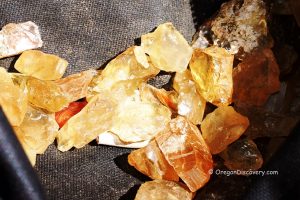

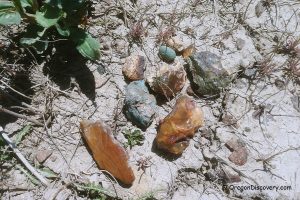

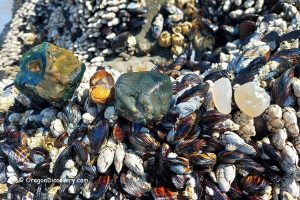


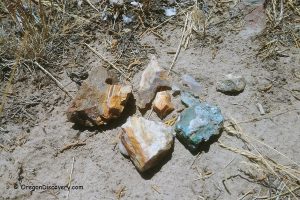
I am new to OR and love rock collecting as dose the rest of my family. We live in Southern Jackson County near Butte Falls. what can we find near where we live as i dont have a 4 wheel drive car i cant do much off roading. can anyone help?